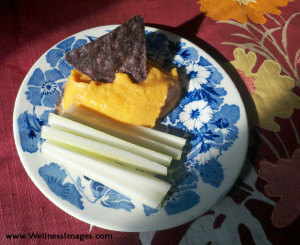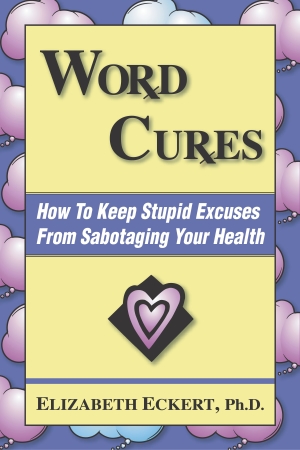Carrot Bean Dip: Satisfying and Nutrient-Rich
It’s nearly lunchtime as I write this post, but I’m not hungry. Why? Because a couple of hours ago, I had a small hit of Carrot Bean dip. It’s good stuff! Tasty. Satisfying. Nutrient-rich.
What more could you ask for? Easy? Yep, it’s that also. Actually, it’s a breeze to whip together.
The background:
As I’ve plunged into the world of Hair Tissue Mineral Analysis over the last year or so, one thing I’ve noticed is that a LOT of the reports I get back feature elevated tissue calcium (Ca) and low tissue potassium (K). Yep, even my own.
That’s bad news when it comes to so many health conditions. And it’s particularly challenging for utilization of thyroid hormone.
According to the mineral experts (I will list three of my favorites at the end of this post), excess tissue calcium inhibits absorption of thyroid hormone into your cells. So too much tissue calcium puts you in the situation where even if your body’s thyroid hormone production is normal, its utilization is impaired. Add to that low or lowish tissue potassium, which sensitizes your tissue to thyroid hormone, and you’re left in a sluggish situation.
The Nutritional Lowdown:
Although a Carrot Bean Dip “fix” is overly simplistic, it does offer us a couple of nice things, from a nutritional perspective. Plus it tastes good. It’s high in vitamin A, which is antagonistic to calcium. 100 grams of raw carrots, or about two 5-1/2″ carrots, contains 835 mcg of retinol activity units (RAE). You’ll use about 2-1/2 times that amount in making a batch of this dip.
In addition, carrots and beans are both good sources of potassium. That same 100 grams of raw carrots contains 320 mg of potassium, and a half cup of dried great northern beans (the amount used in this recipe) contains 1269 mg.
Just to put this in perspective, the US Government’s Dietary Reference Intake recommendations for vitamin A is between 700-900 mcg, RAE for healthy adults (breastfeeding moms 1300). The daily recommendation of potassium for healthy adults is 4700 mg.
So bottom line: nosh on some of this tasty Carrot Bean Dip plus a few well-selected dippers and you’ll be doing yourself a nutritional favor, enhance your body’s utilization of thyroid hormone if it happens to be low (which we would learn by looking at the results of a Hair Tissue Mineral Analysis report), and satisfy your sweet / salty / crunchy side all at once!
The Recipe!
Ingredients
1/2 cup dried white beans (such as Great Northern), soaked and cooked
1/2 lb carrots, scrubbed, tops cut off
1 T lemon juice
1 T olive oil
1/4 cup full fat plain Greek yogurt
1/4 tsp sea salt; more to taste
Optional: fresh dill for garnish
Assorted dippers (veggies, corn chips, etc.)
Procedure
1. Cut carrots into chunks. Place in a pan with a couple tablespoons of water. Cook 20 minutes or until soft.
2. Place carrots, up to 2 tablespoons of cooking liquid, and drained cooked beans into your food processor; process until smooth. (I usually cook the beans a day or so ahead.)
3. Add lemon juice, olive oil, yogurt and salt. Blend well. Chill if desired.
That’s it! See, I told you it was easy! Enjoy!
By the way, for those whose food plan does not include legumes, just double the carrots and leave out the beans. Also delicious!
———————
References:
Dietary Reference Intakes: http://www.nal.usda.gov/fnic/DRI/DRI_Tables/RDA_AI_vitamins_elements.pdf
Thompson, Robert and Barnes, Kathleen (2013). The Calcium Lie II. Take Charge Books.
U.S. Department of Agriculture, Agricultural Research Service. 2014. USDA National Nutrient Database for Standard Reference, Release 27. Nutrient Data Laboratory Home Page, http://www.ars.usda.gov/ba/bhnrc/ndl
Watts, David L (2010). Trace Minerals and Other Elements. Trace Elements.
Wilson, Lawrence (2014). Nutritional Balancing and Hair Tissue Mineral Analysis. The Center for Development, Inc.








